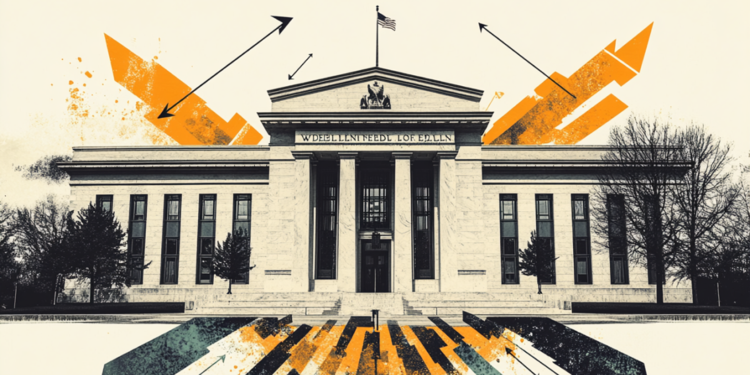Livraria Saraiva took what could be the last step to say goodbye to its judicial recovery, which has lasted about four years.
This time, it managed to approve, together with a part of its creditors, the conversion of its debt into shares.
This process, once completed, will transform the company, founded more than 100 years ago by the Saraiva family, into a dispersed capital company on the Stock Exchange. That is, no defined control.
In June, the company had already made a significant move in an attempt to get back on its feet: it sold the point of a store in Shopping Ibirapuera, in São Paulo, currently leased by retailer Centauro, in addition to tax credits transferred to a fund belonging to BTG Pactual – with which it managed to reduce a relevant part of its debt.
In the proposal to convert its debts, Saraiva will transform BRL 163 million into shares, cushioning the effects of the debt on its balance sheet, which will still have around BRL 300 million in debt within the judicial recovery process – less than half of the value with which the network started the year.
Creditors who did not accept the conversion will begin to be paid in 2026.
In order to avoid pressure on Saraiva’s shares on the stock exchange, the agreement established a blocking period for the sale of the bookstore chain’s shares on the market, according to sources.
Now, the expectation is that the same proposal will be directed to creditors outside the judicial reorganization, which involves an amount of approximately R$ 60 million.
Today, approximately 90% of the company’s labor debts have already been paid.
Internally, the debt conversion process directs the company to its exit from judicial reorganization, although some creditors still defend the maintenance of this status to accompany the payment of the debt.
There is now the expectation that the dismissal of this process can occur in a period of three to six months.
resumption
At Saraiva, the climate is gaining steam and plans are once again targeting growth.
As found out the Estadãoplans for growth are already on the table – something unthinkable for the company over the last few years – to gain more cash flow.
More recently, the chain’s stores have started to organize events, such as readings for children, to attract audiences back to the bookstore.
In the last report released in the case file, the judicial administrator, RV3, reported that Saraiva recorded a loss of R$ 22 million from January to May this year, an amount lower than the R$ 37 million of losses in the same period of last year.
According to the company’s most recent result, referring to March, Saraiva had 34 stores. At the beginning of 2017, a year before the judicial recovery, there were 113 units.
Reading from Minas Gerais, which took over some stores that were previously owned by Saraiva, is today the industry leader.
The information is from the newspaper. The State of São Paulo.
Source: CNN Brasil
I am Sophia william, author of World Stock Market. I have a degree in journalism from the University of Missouri and I have worked as a reporter for several news websites. I have a passion for writing and informing people about the latest news and events happening in the world. I strive to be accurate and unbiased in my reporting, and I hope to provide readers with valuable information that they can use to make informed decisions.







